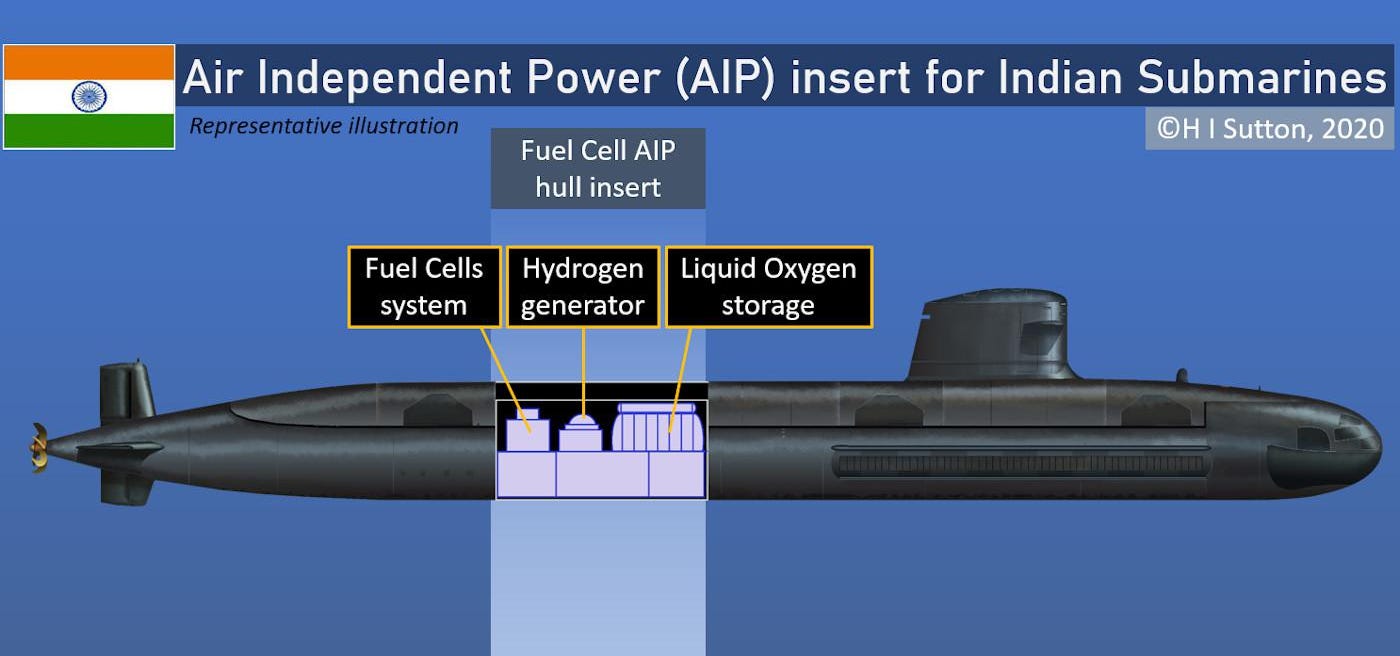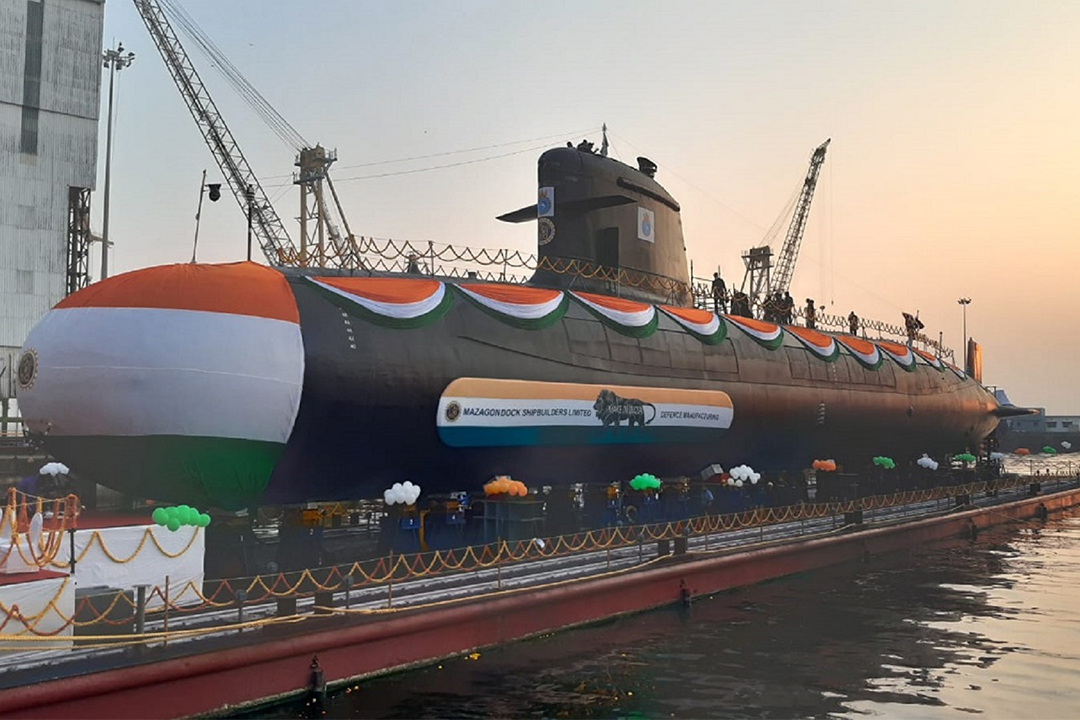On April 30, France’s Naval Group, which was one of five Original Equipment Manufacturers (OEM) shortlisted for the Navy’s P-75 India (P-75I) project to build six conventional submarines in India, declared that it will not bid for the project. The issue, according to Naval Group, is that the RFP “needs that the fuel cell AIP be sea proven,” which isn’t the case for them now because the French Navy doesn’t utilise such a propulsion system.

AIP stands for Air-Independent Propulsion, which is a technique for non-nuclear submarines.
The government said in its RFP last year that it “envisages indigenous construction of six modern conventional submarines (including associated shore support, Engineering Support Package, training and spares package) with contemporary equipment, weapons & sensors including Fuel-Cell based AIP (Air Independent Propulsion Plant), advanced torpedoes, modern missiles, and state-of-the-art countermeasure systems”) with “modern equipment, weapons & sensors including Fuel-Cell based AIP (Air Independent Propulsion Plant), advanced
“AIP has a force multiplier impact on the lethality of a diesel electric submarine since it increases the boat’s underwater endurance many times,” it claimed. When compared to other methods, fuel cell-based AIP offers strengths.”
Simply said, AIP technology allows a conventional submarine to stay submerged for a substantially longer period of time than normal diesel-electric submarines. All conventional submarines must surface in order to run their generators, which replenish the batteries that allow the boat to operate underwater.
However, the more often a submarine appears, the more likely it is to be discovered. AIP allows a submarine to stay submerged for more than a fortnight, whereas diesel-electric vessels can only stay below for two to three days.
The six P-75 submarines are diesel-electric submarines that may be retrofitted with AIP technology at a later date. India is expected to build six diesel-electric, six AIP-powered, and six nuclear assault submarines by the end of the 30-year P-75I programme (yet to be built).
India has also been working on developing AIP technology on its own. At this year’s Republic Day parade, AIP was featured in a tableaux created by the Defence Research and Development Organisation (DRDO). The Defence Ministry announced in March 2021 that DRDO has proven the land-based prototype, marking a “major milestone in the development of the Air Independent Propulsion (AIP) System.” Experts, on the other hand, have reservations about the DRDO’s AIP prototype, and many believe it will not be ready by the time the first Kalvari Class submarine arrives for refitting in 2024.
Around ten countries have created or are in the process of developing AIP technology, and almost 20 countries have submarines that use it.
India presently has 16 SSKs (submarines with conventional diesel-electric propulsion). This number will rise to 18 when the remaining two Kalvari Class submarines are commissioned under P-75. India also possesses two SSBN nuclear-powered ballistic submarines.
Four Shishumar Class submarines were bought and then built in India in collaboration with the Germans starting in the 1980s; eight Kilo Class or Sindhughosh Class submarines were bought from Russia (including the former USSR) between 1984 and 2000; and four Kalvari Class submarines were built in India at MDL.

